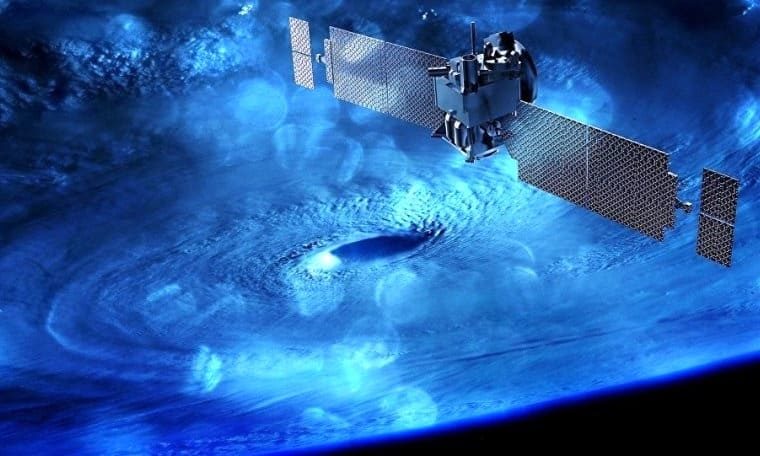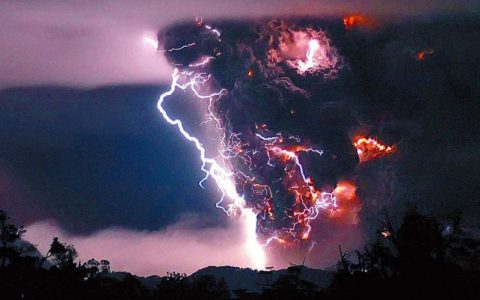
New observations suggest that the atmospheric demise of meteors generates small fragments of dust that can create the mysterious thin clouds NASA’s Mars InSight lander and Curiosity rover have discovered. The exploration instruments have been observing the Red Planet for a while now, and recently sent to Earth captures of some frail clouds.
It does not rain on the Red Planet, but scientists might be closer to solve the mystery of how the cold, arid planet could generate such thin clouds in the middle atmosphere. The observations will enhance researchers’ understanding of the Martian climate of today and the past as well.
A research team led by Victoria Hartwick, a graduate student at the University of Colorado Boulder, performed an in-depth analysis of the enigmatic clouds that grow in Mars’ middle atmosphere, approximately 18 miles (30 kilometers) above the ground.
Hartwick explained that those clouds couldn’t just take shape on their own, but they require something that they can compress on to. The mysterious thing might be a ‘meteoric smoke,’ which is an icy dust that takes form when space objects pass through the planet’s atmosphere.
Many tons of space junk usually collapses into the Red Planet every day, Hartwick said, and as the asteroids blow up, the dust spreads with speed. On Earth, dust molecules can act as seeds that water vapor compresses around to take the form of clouds. A similar process could be occurring on Mars as well.
The research team performed computer simulations of Mars’ atmosphere, and the clouds showed up in the simulations only when the scientists included meteors in the calculations.
Observing and exploring the Red Planet’s clouds can offer scientists more information on how its atmosphere cooperates with its climate. It will also give researchers hits to the planet’s warmer, and wetter past climate.
The team issued their discoveries on Monday in the journal Nature Geoscience.




